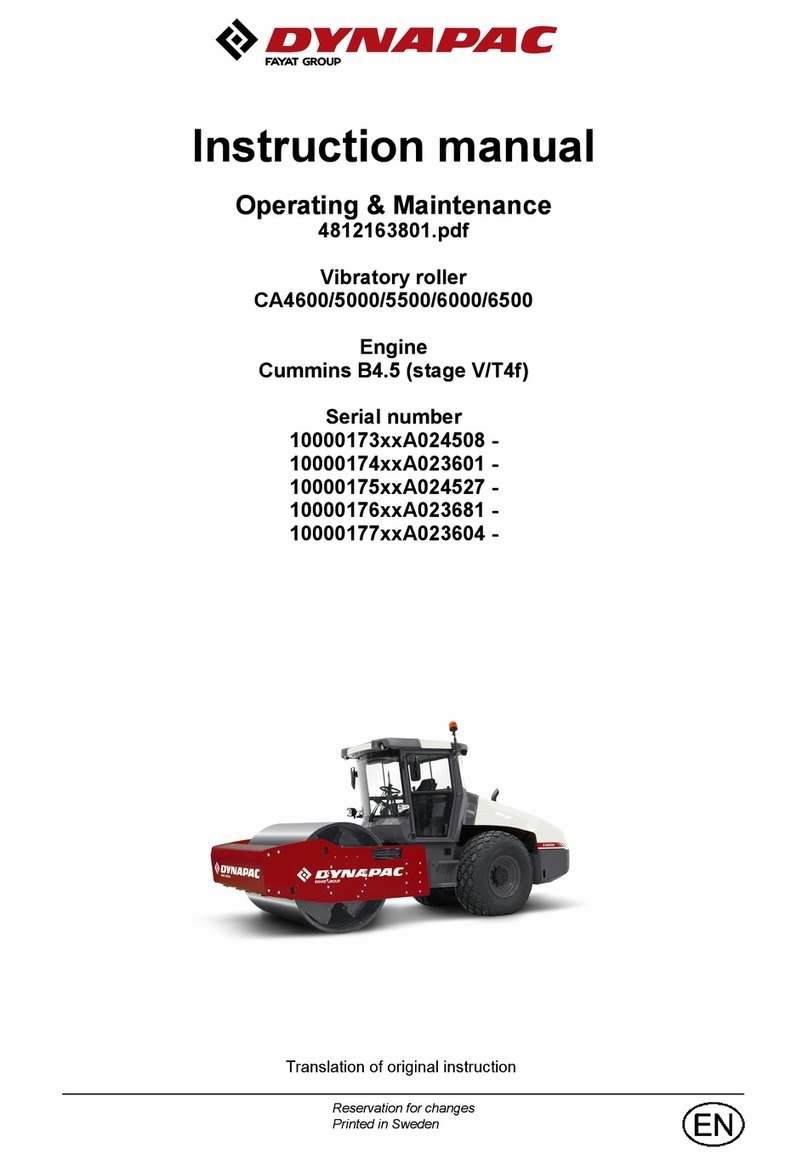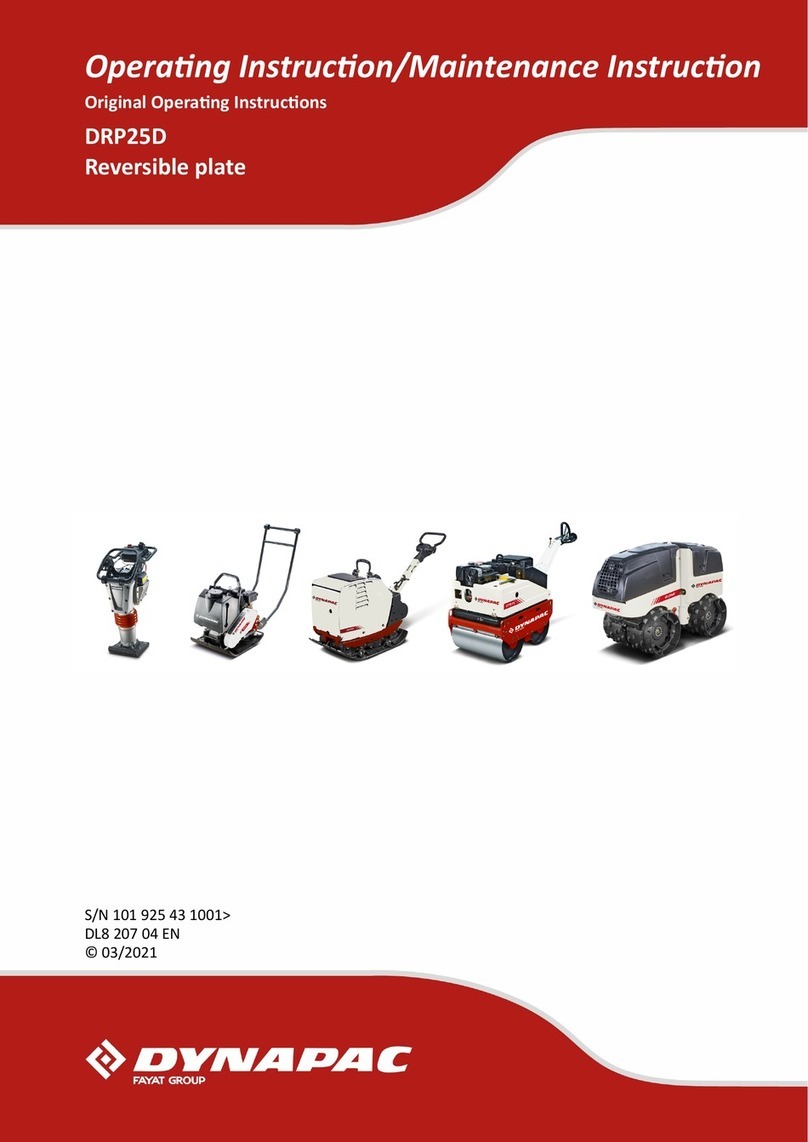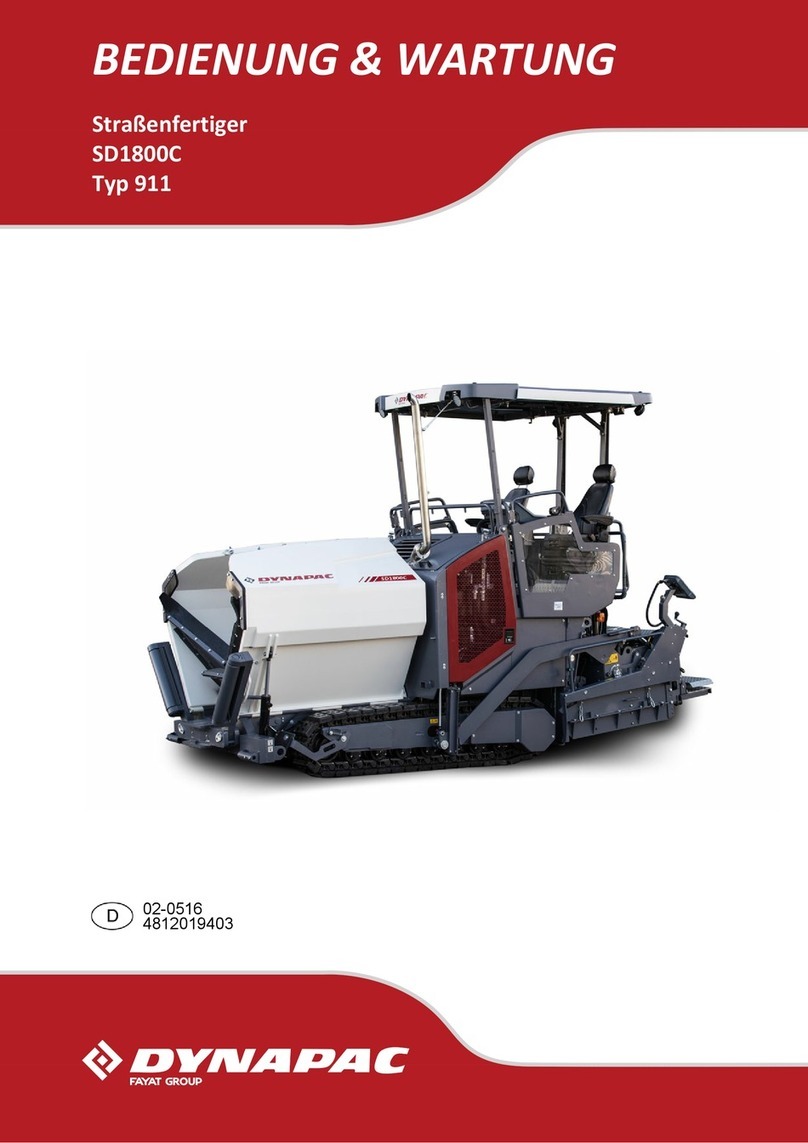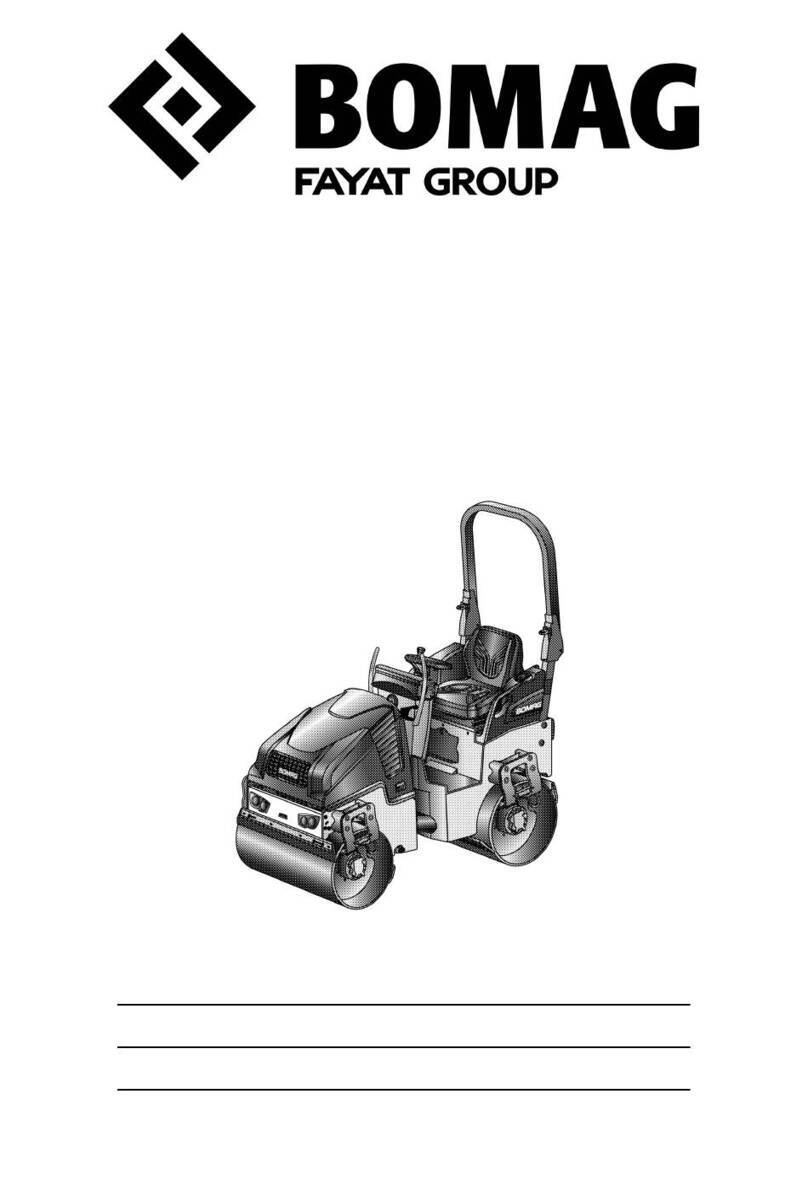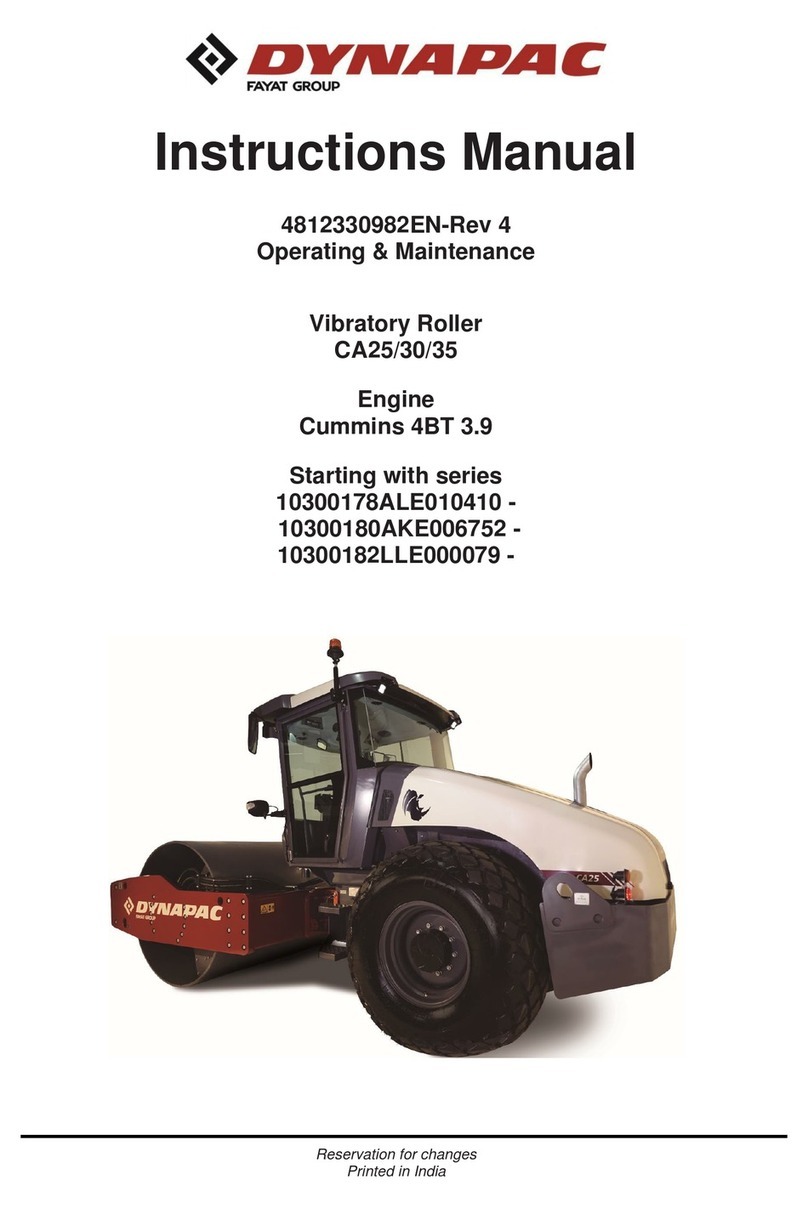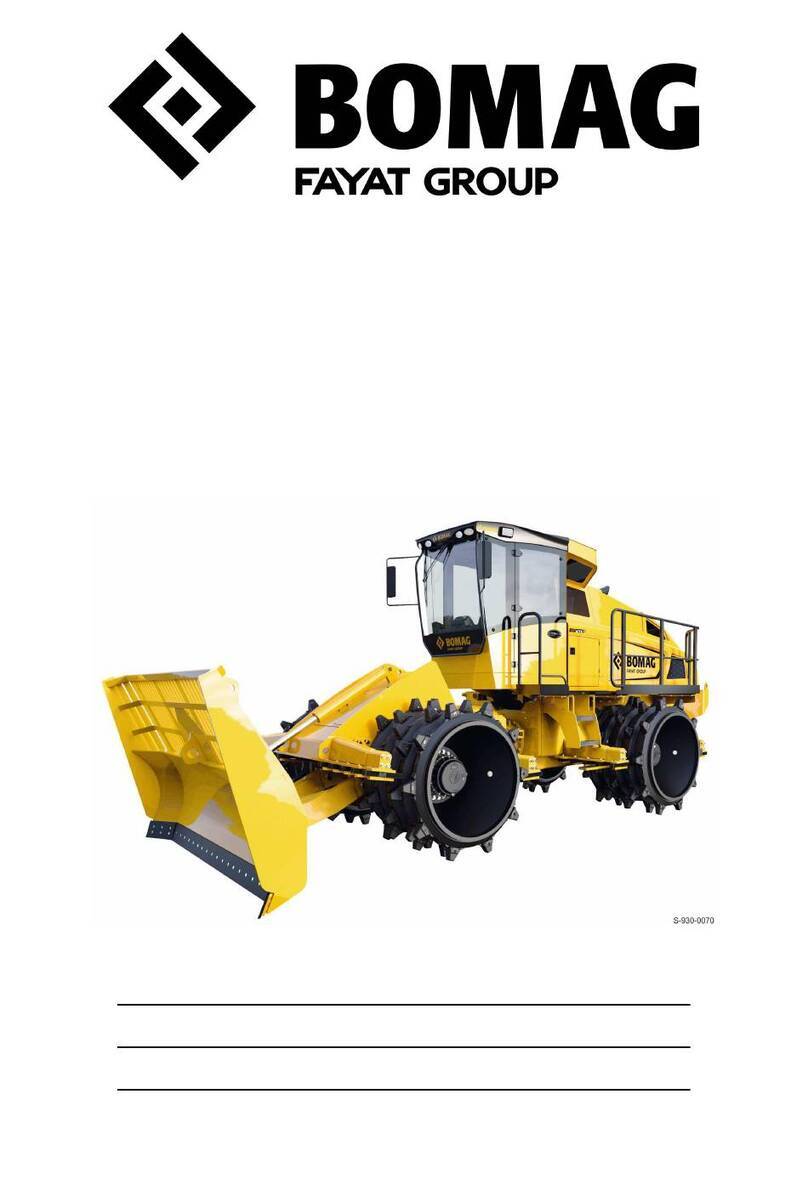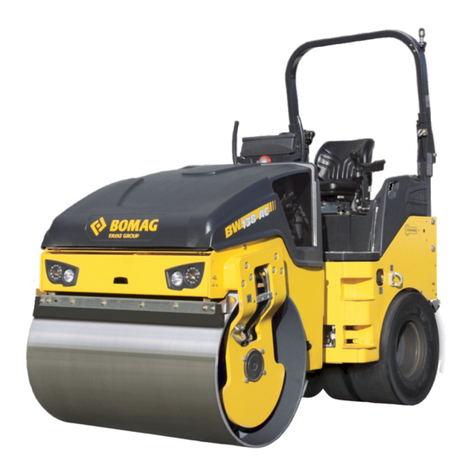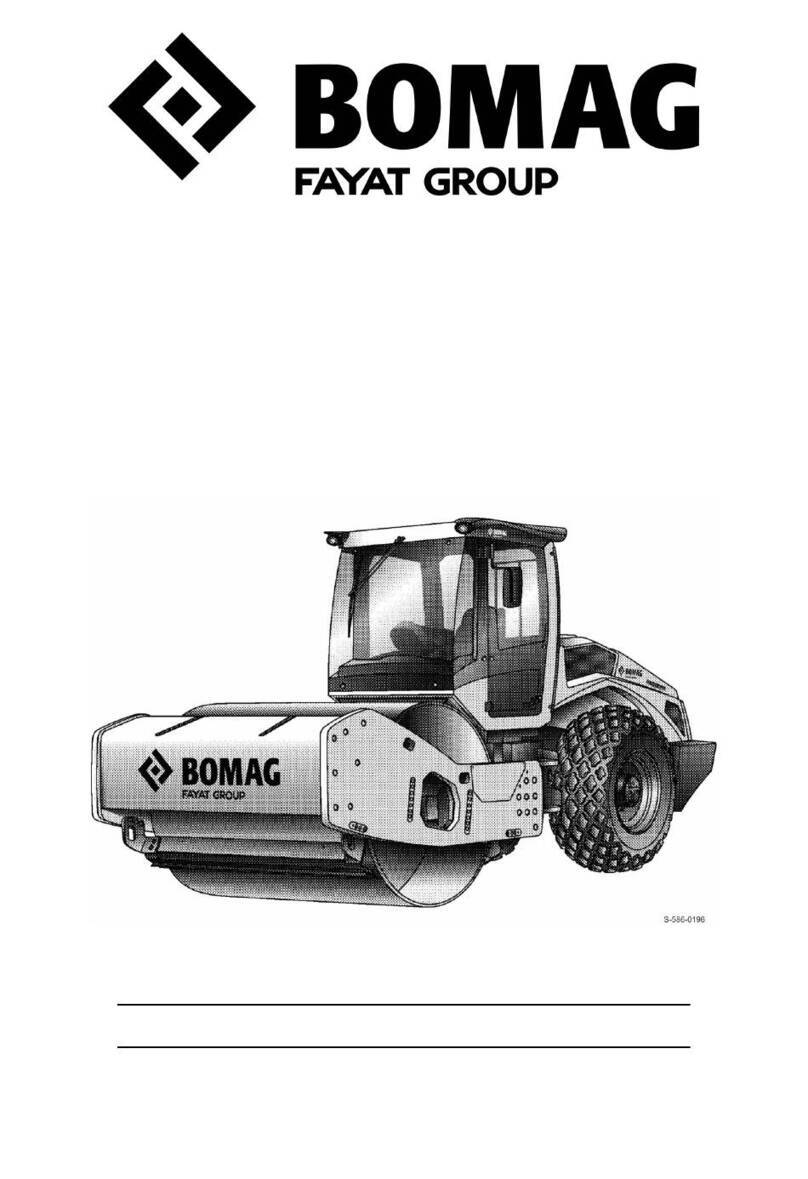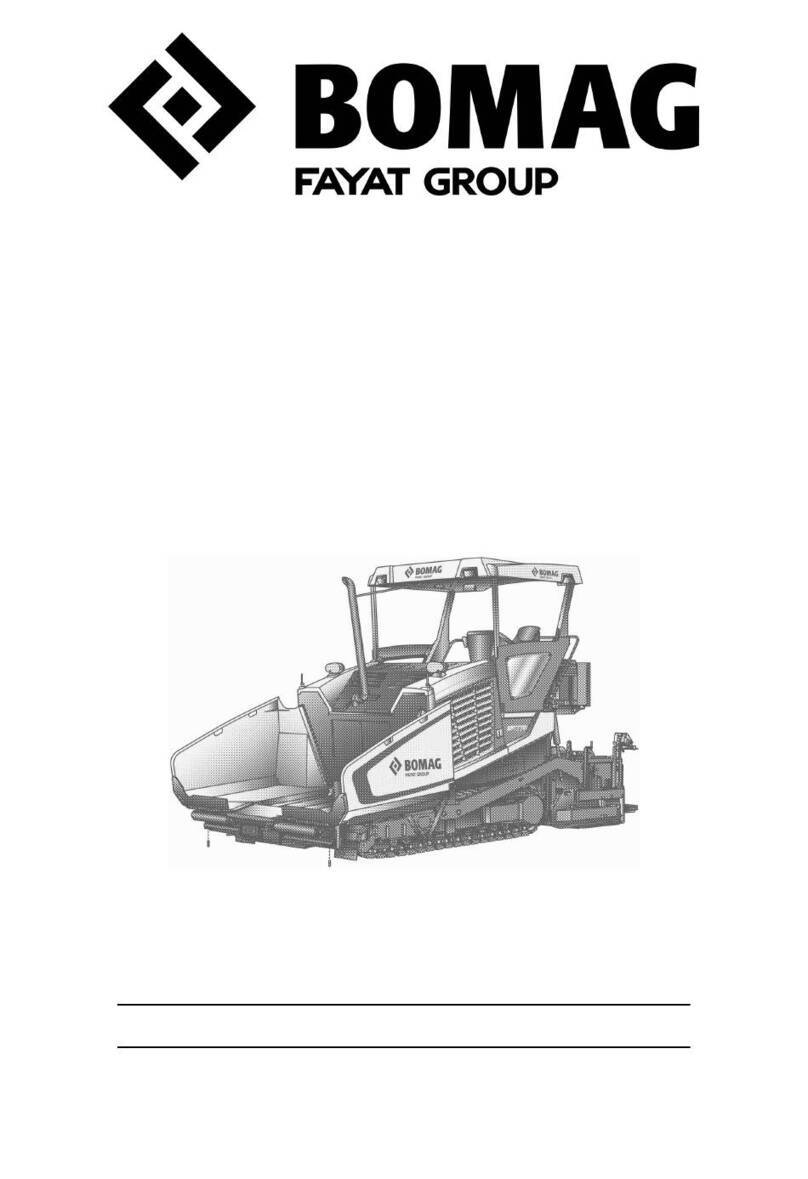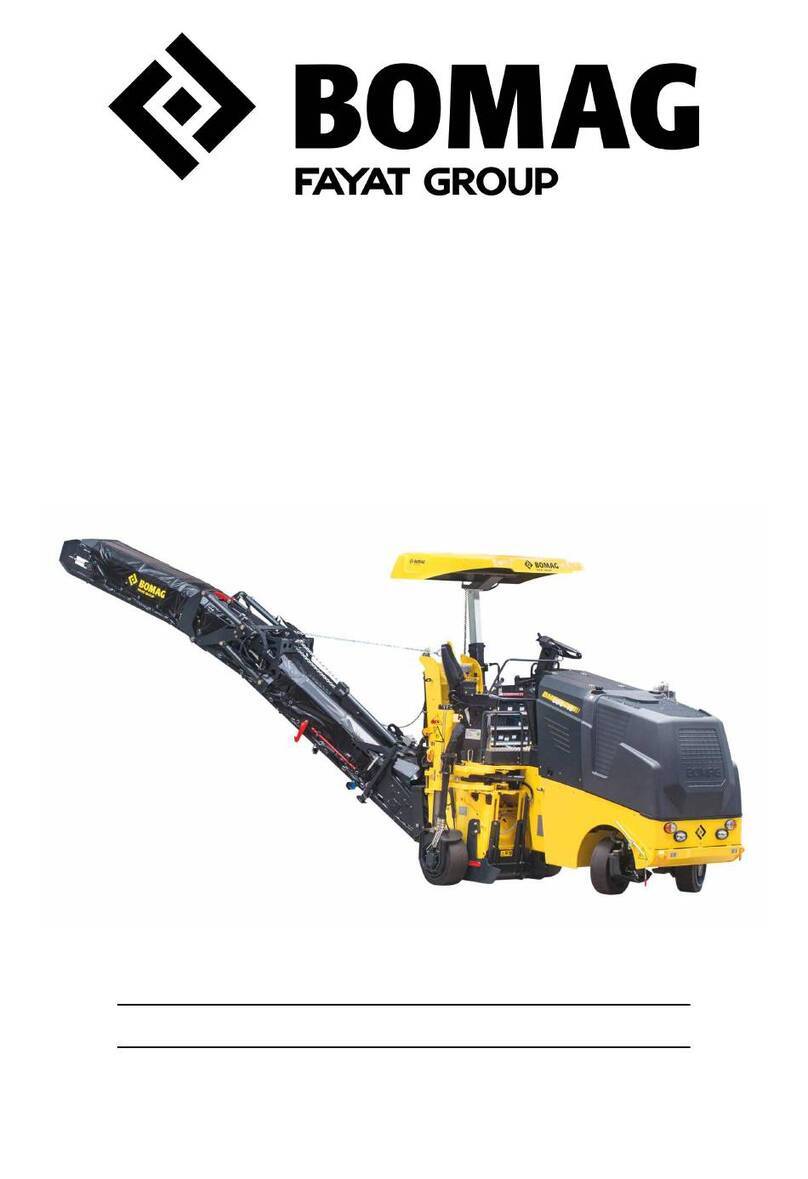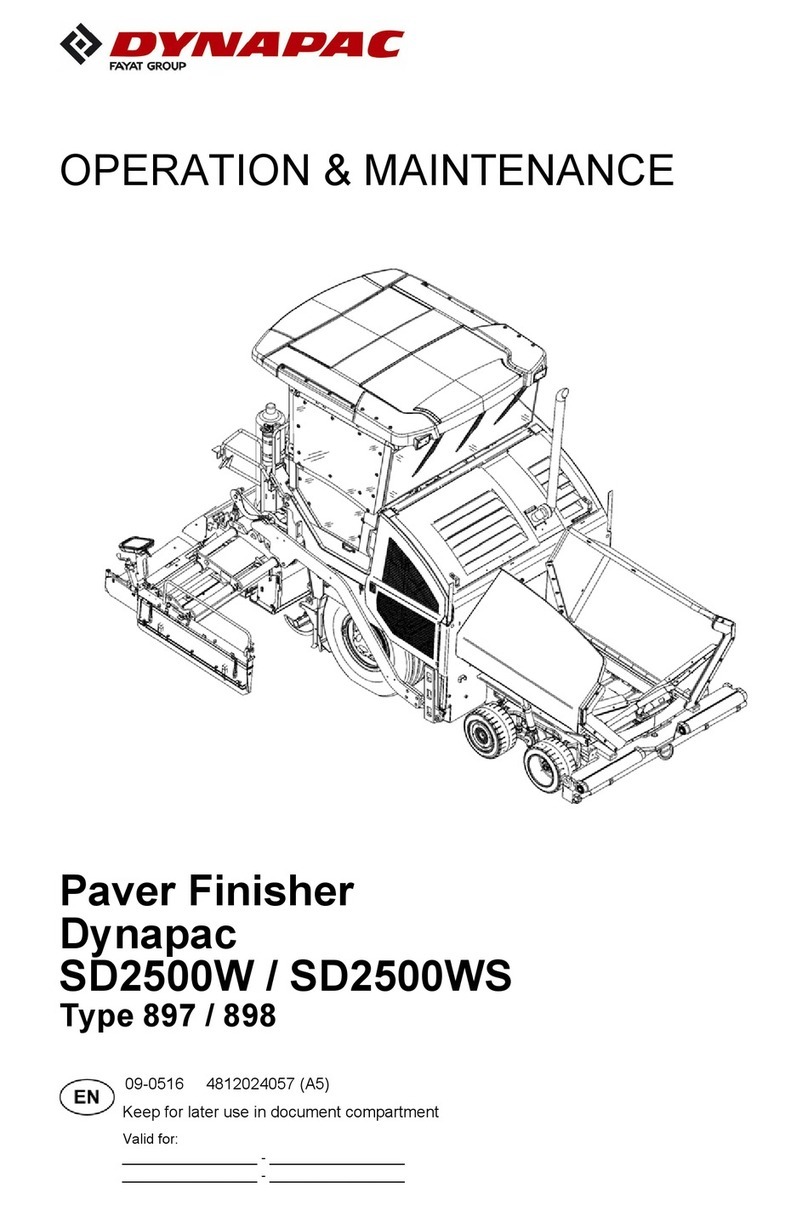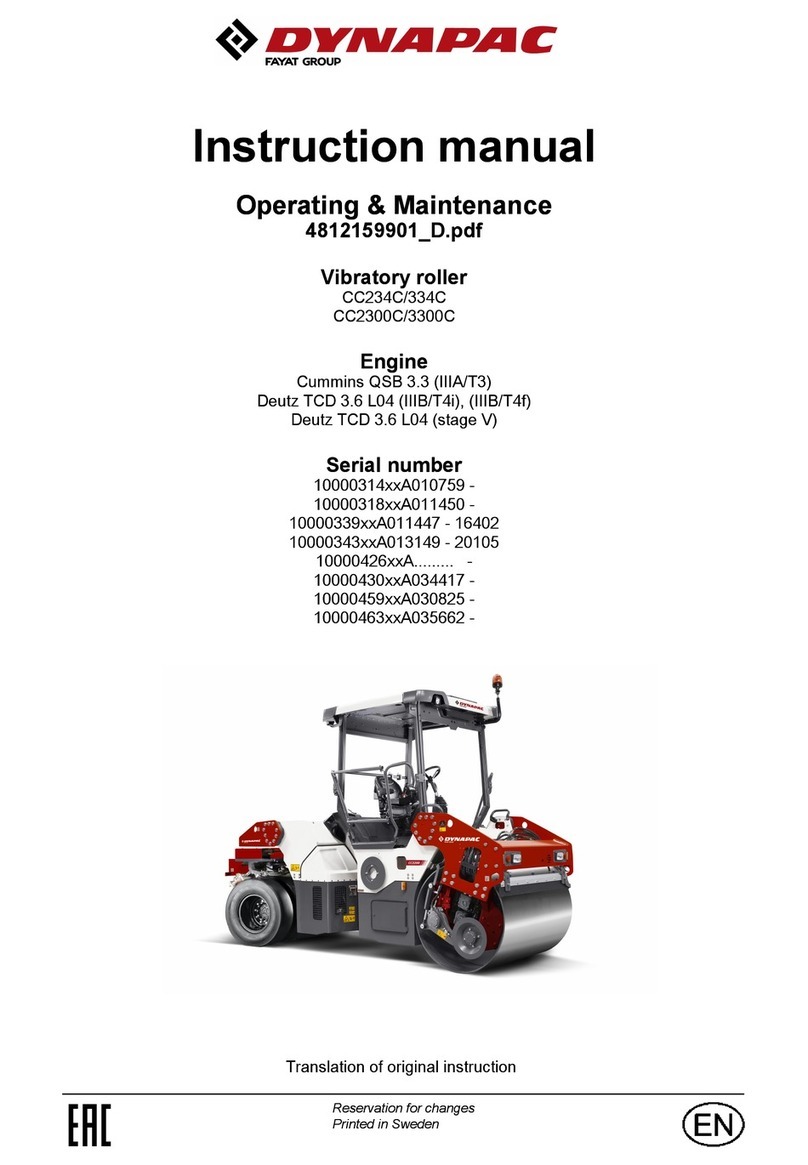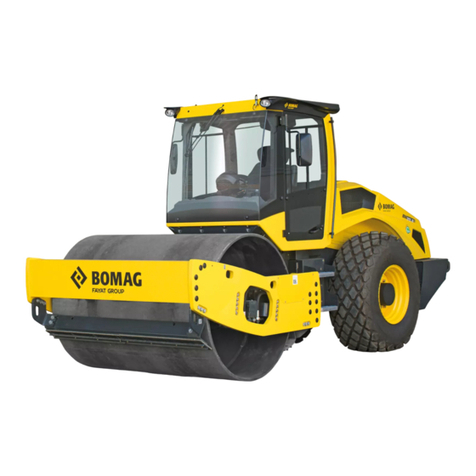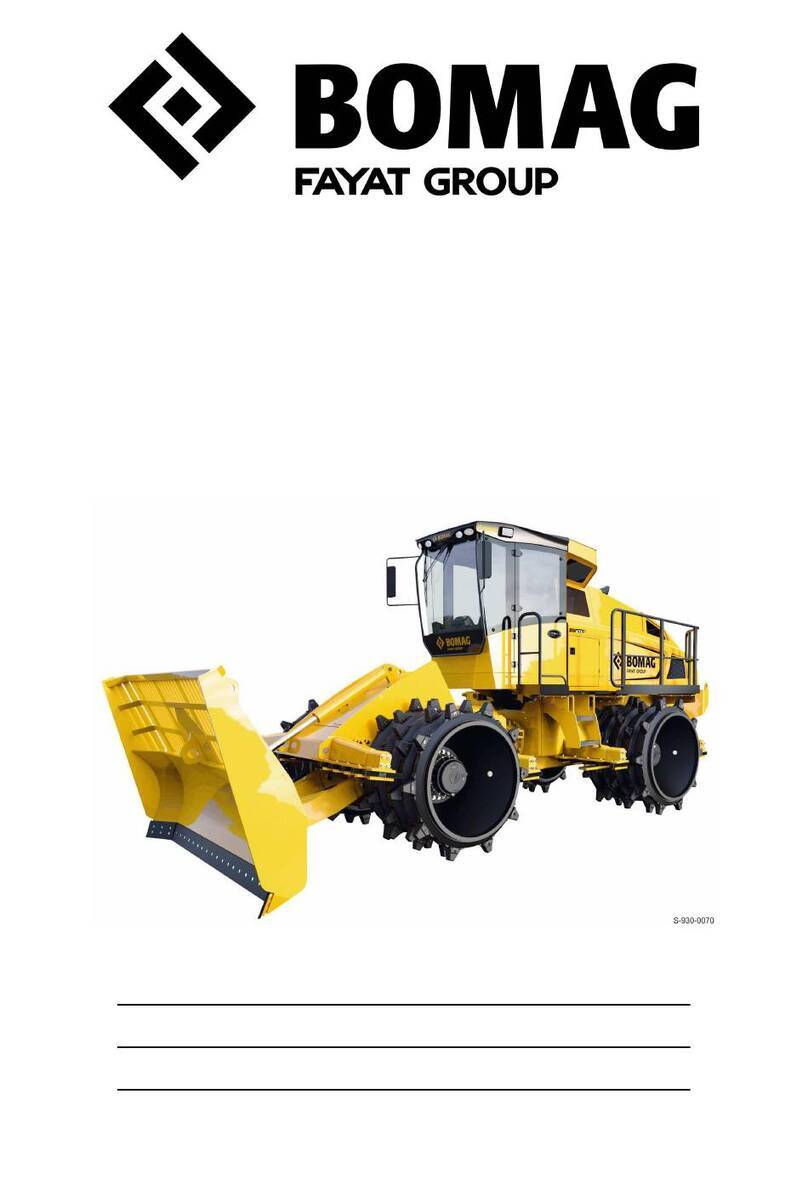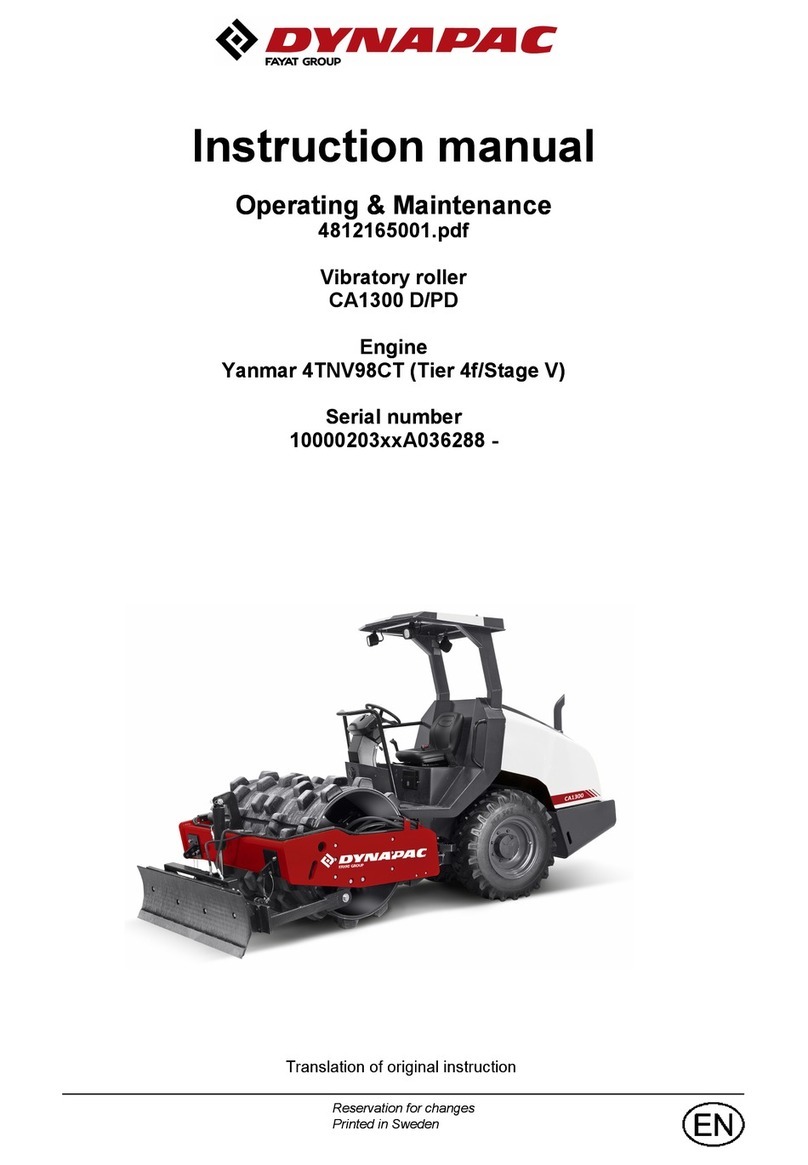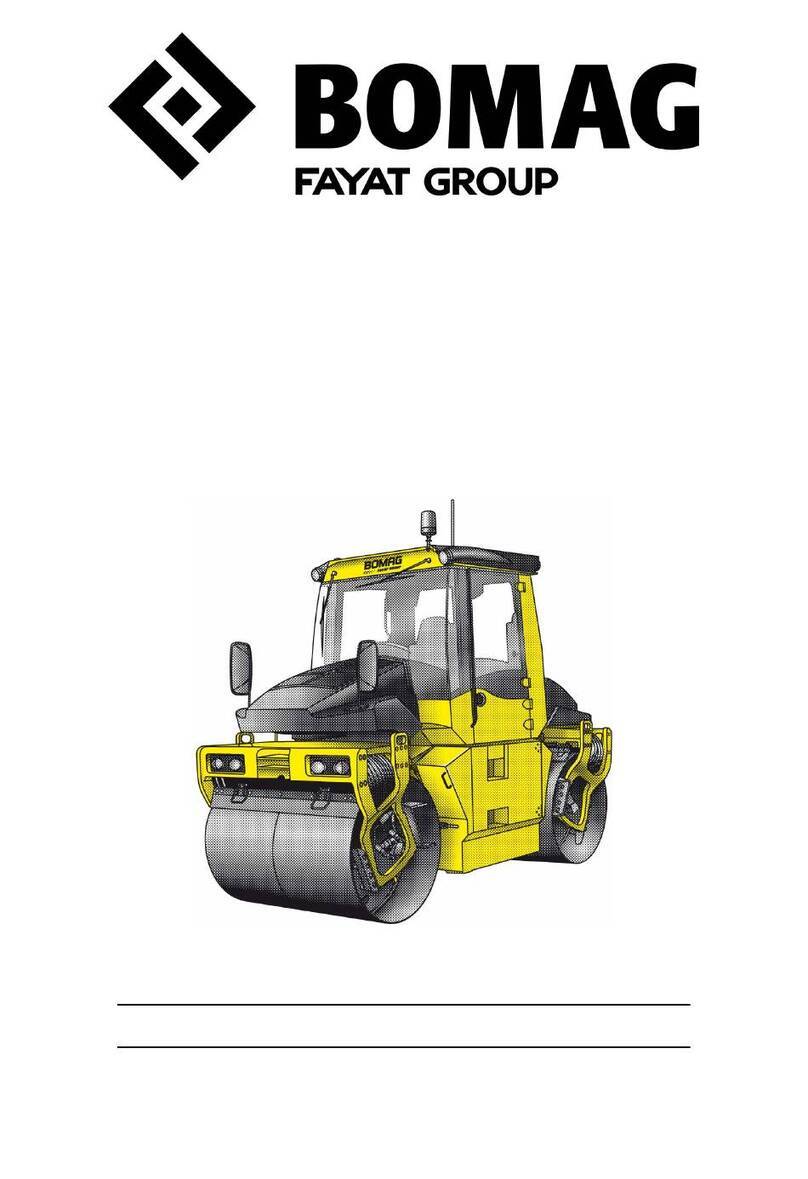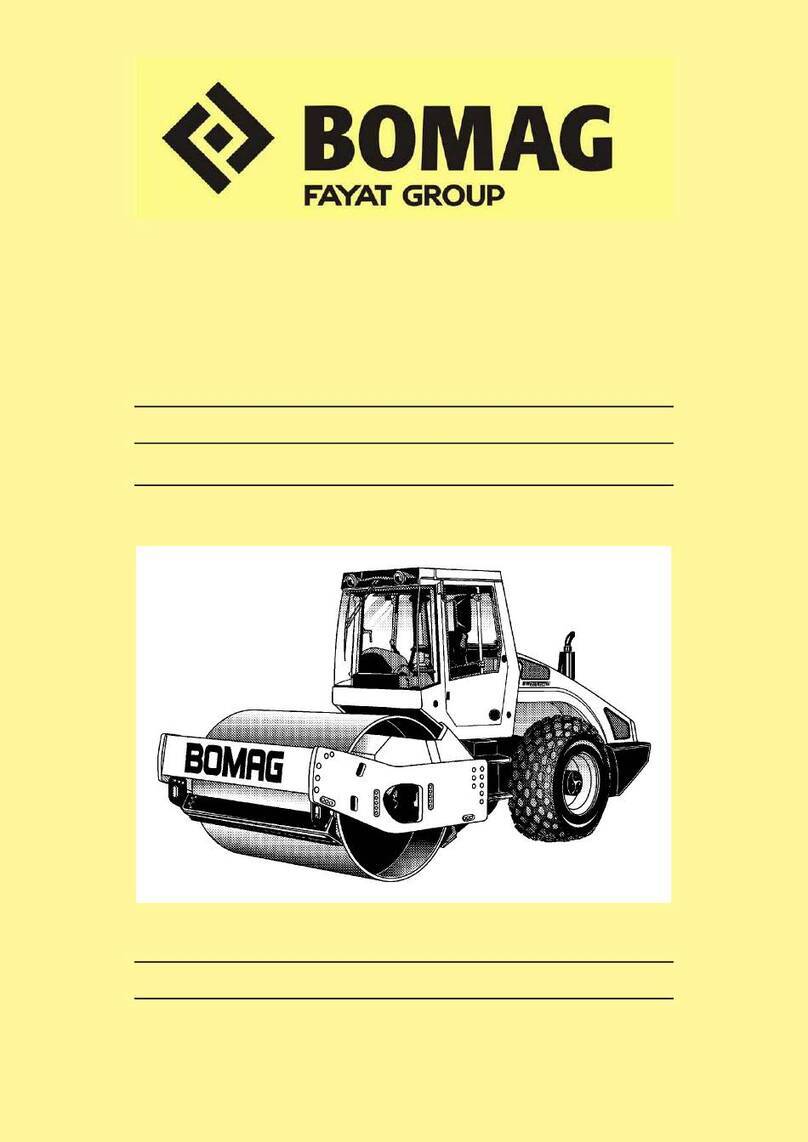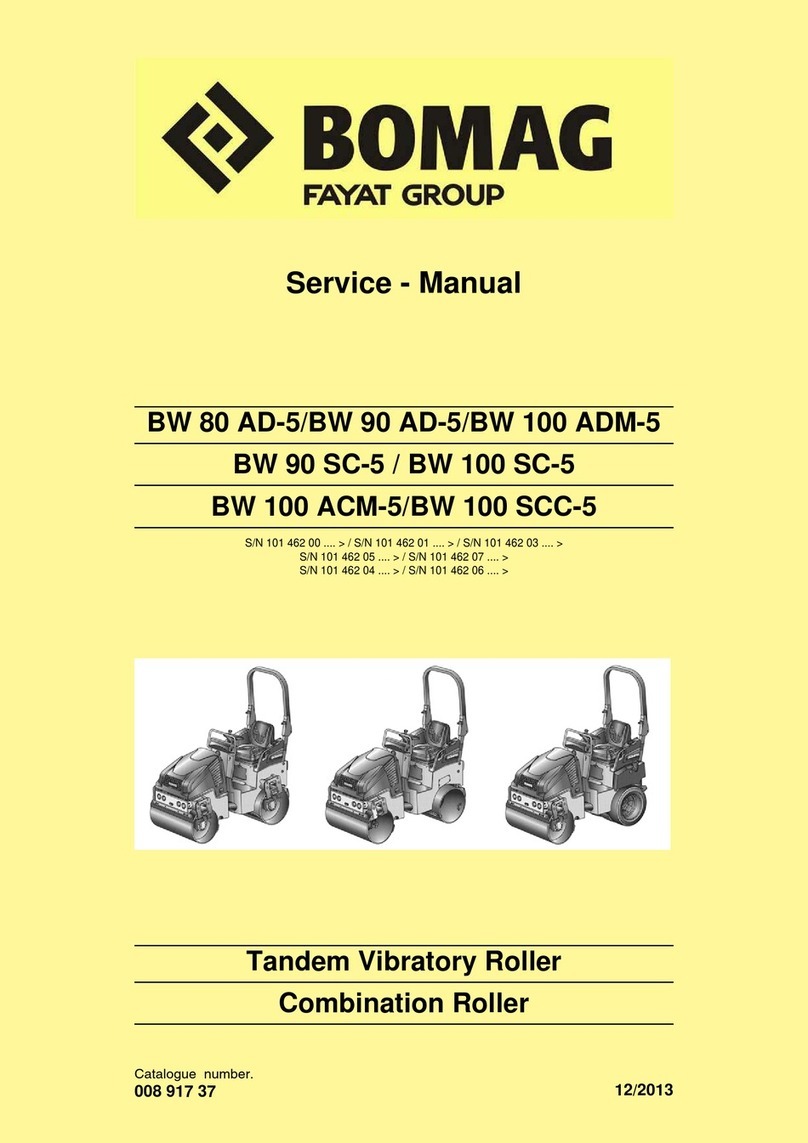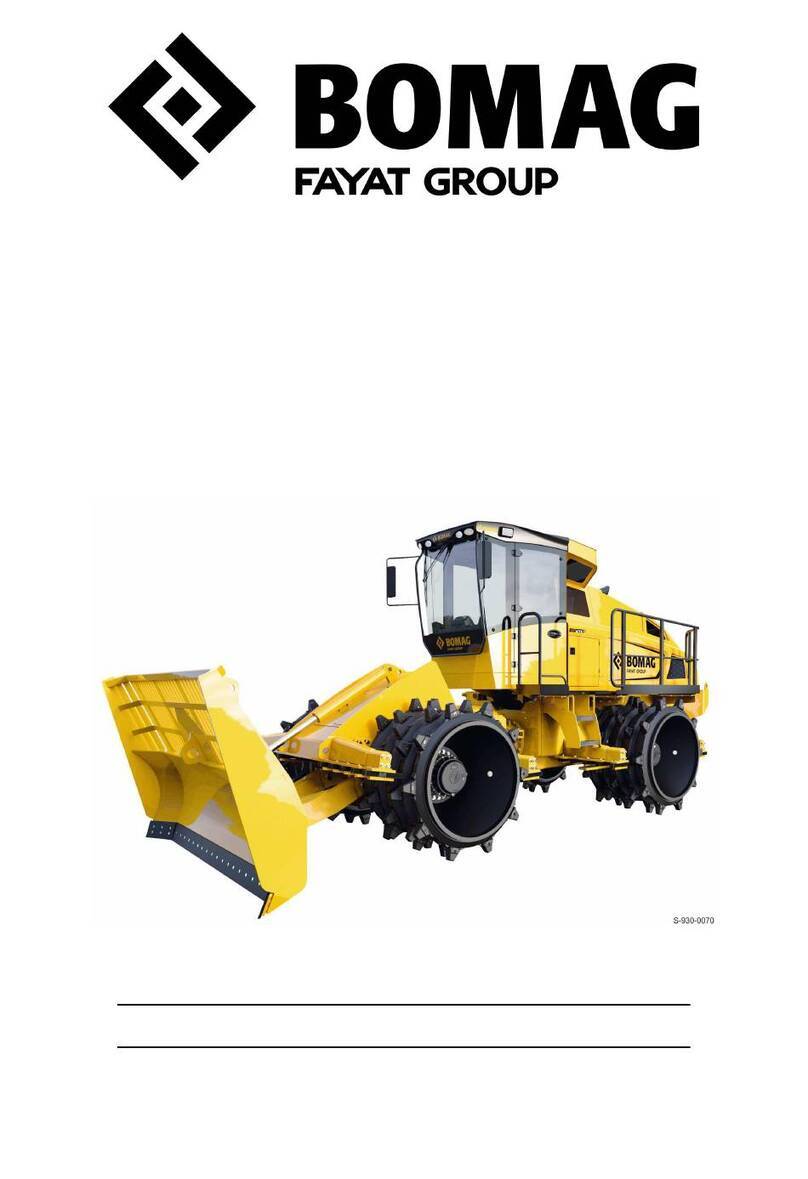
5.23 Amplitude limitation (BVC only)............................................................................................ 108
5.24 Changing the paper roll in the measuring value printeronly BTM prof .................................... 111
5.25 Changing the printer ribbon in the measuring value printeronly BTM prof ............................. 112
5.26 Towing in case of an engine failure...................................................................................... 113
5.27 Loading/transport................................................................................................................... 115
6 Maintenance...................................................................................................................................... 119
6.1 General notes on maintenance................................................................................................ 120
6.2 Fuels and lubricants................................................................................................................. 122
6.2.1 Engine oil................................................................................................................................. 122
6.2.2 Fuel.......................................................................................................................................... 123
6.2.3 Coolant..................................................................................................................................... 124
6.2.4 Hydraulic oil.............................................................................................................................. 127
6.2.5 Gear oil..................................................................................................................................... 127
6.2.6 Exciter system.......................................................................................................................... 128
6.3 Table of fuels and lubricants................................................................................................... 129
6.4 Running-in instructions............................................................................................................ 131
6.4.1 General.................................................................................................................................... 131
6.4.2 After 250 operating hours......................................................................................................... 131
6.4.3 After 500 operating hours......................................................................................................... 131
6.4.4 After 1000 operating hours....................................................................................................... 131
6.5 Maintenance table..................................................................................................................... 133
6.6 Every 10 operating hours......................................................................................................... 135
6.6.1 Check the engine oil level........................................................................................................ 135
6.6.2 Checking the fuel level............................................................................................................. 135
6.6.3 Check the coolant level............................................................................................................ 137
6.6.4 Check the hydraulic oil level .................................................................................................... 137
6.7 Every 250 operating hours....................................................................................................... 139
6.7.1 Check the tire pressure............................................................................................................ 139
6.7.2 Clean the cooling fins on engine and hydraulic oil cooler........................................................ 139
6.7.3 Check the oil level in the drive axle.......................................................................................... 140
6.7.4 Check the oil level in the wheel hubs....................................................................................... 141
6.7.5 Check the oil level in the axle reduction gear........................................................................... 142
6.7.6 Check the oil level in the drum reduction gear......................................................................... 142
6.7.7 Check the parking brake.......................................................................................................... 142
6.7.8 Servicing the V-belt for the air-con compressorOptional equipment ................................................. 143
6.8 Every 500 operating hours....................................................................................................... 144
6.8.1 Change engine oil and oil filter cartridge.................................................................................. 144
6.8.2 Check the anti-freeze concentration and the condition of the coolant..................................... 145
6.8.3 Checking, cleaning the water separator................................................................................... 146
6.8.4 Draining the sludge from the fuel tank..................................................................................... 147
6.8.5 Battery service......................................................................................................................... 148
6.8.6 Servicing the air conditioning systemoptional equipment ................................................................. 149
6.8.7 Cleaning the circulation air filter for the heatingOptional equipment ................................................. 152
6.8.8 Changing the bypass filterOptional equipment .................................................................................. 153
6.9 Every 1000 operating hours..................................................................................................... 154
6.9.1 Checking / replacing the ribbed V-belt..................................................................................... 154
Table of contents
BW 226 DH-4i BVC
4
Find manuals at https://best-manuals.com

